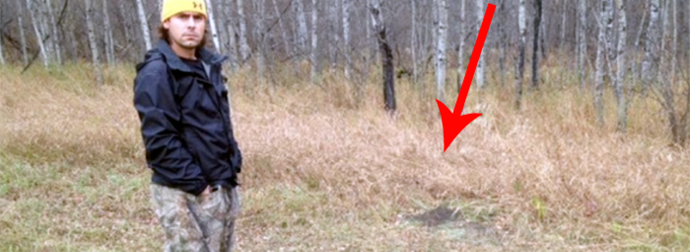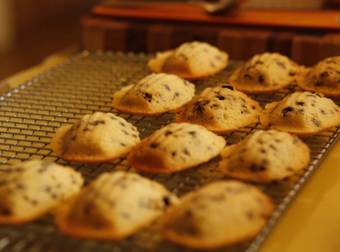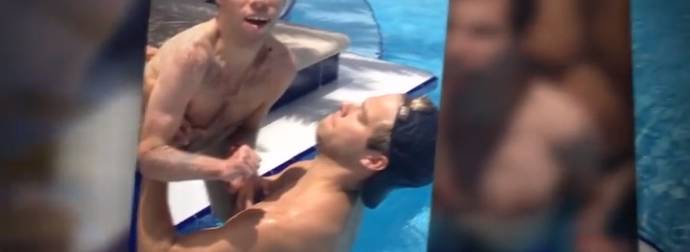Photographer Patrick Joust takes pictures in and around cities across the country, yet his main inspiration comes from his current home city of Baltimore. Rather than taking classic shots of sweeping cityscapes and stately historic buildings, Joust’s photos reflect a different experience of the city: sometimes lonely, sometimes beautiful, sometimes a bit eerie, but always swathed in mysterious darkness.
Joust’s nighttime images capture the city at a state of almost-rest. It shows the city in equal parts potential and exhaustion, punctuated with glowing colored lights that seem to float up out of the darkness and illuminate the forgotten or unnoticed corners.
A former Americorps volunteer, Joust was required to go into various parts of the city, sometimes places others might deem unsafe, where he worked for a non-profit helping people with HIV/AIDS. Journeying into these areas inspired him to document the neighborhoods and their inhabitants. He started snapping pictures, although the results didn’t come immediately. “For the first few years, I mostly just played around with taking pictures,” he says. “It took me quite a while to become satisfied with my output.” His life and work would change over the years, but he never gave up on photography. Almost entirely self-taught (“with a little help from my friends,” his CV says), he’s developed his own style and vision through the lens.
Despite his affinity for it, Joust didn’t start experimenting with night photography until some years later. However, his love of the night has always been present. “I realize now that when it comes to night photography, I was into subjects associated with it long before I took up a camera,” he explains. “I’m a bit of a night owl and I’ve been attracted to night themes in movies, literature, and painting.” It came naturally that he’d try his hand at capturing some night scenes himself.
The photos you see here are, for the most part, devoid of humans, and even have a desolate feel at times. However, the character of the images, the mysterious, brooding, potentially dangerous quality, comes from the fact that they’re night shots. If these pictures were taken in the day, they’d have a completely different character. In this way, the darkness, as well as the selective, unnaturally-colored light, become the real subjects of the photos.
Though these shots are, at their most literal, fairly straightforward shots of buildings and roads, the darkness and the artificially colorful lights lend them a mysterious feeling. It’s as if they’re holding secrets. There’s a feeling that something is happening, but you’re not aware of it.
To get the images right, Joust studied the works of various photographers like Greg Girard, who shot nightlife in the 1970s and ’80s, and M. Wriston, who captured abandoned buildings and towns in the U.S.
“Since then, I’ve shot hundreds of rolls at night. I continue to be inspired by Baltimore,” Joust says. And he means “rolls” literally. He uses medium format film and traditional developing processes, rather than digital. For the effects he wants to achieve, Joust says that film is the practical choice. “I shoot film simply because there isn’t another format out there that I can use to achieve the results I seek,” he explained in an interview with I Still Shoot Film. “It’s not nostalgia, but the fact that we currently lack an affordable digital equivalent to what’s offered from an emulsion on film. I am a middle class amateur, which means I can’t buy a fancy medium format digital camera.”
On his process of taking the photos, Joust says, “One of the things I find so interesting about night photography is how different lighting situations can transform a scene and make it much more dramatic than what you find in daylight. I don’t light the scenes I photograph, but rely on what I find. The mix of sodium vapor, LED, traffic lights, etc., combined with the varying color balances and reciprocity of the film I’m using can make for very interesting results.” He also leaps to take advantage of Baltimore’s rare foggy nights, experimenting with the diffused light.
Some of his shots, like the one below, also feature long exposure times, which creates various effects of moving and blurred lights. Cars become simply horizontal streaks of light, making the scene look simultaneously populated and deserted.
Though he finds his inspiration in Baltimore for the most part, Joust also travels, and has explored other areas of the country. He captures their nighttime mysteries as well. His photos convey how cities drop their daytime personas at night and a new character emerges, one that’s steeped in reflective sadness, potential danger, and mysterious and unexpected beauty.
Aside from these nighttime shots, Joust’s photography also includes plenty of daytime ones, as well as portraits of people and their cities around the country. You can see the rest of his work on his website, as well as on Flickr, Facebook, and Tumblr.
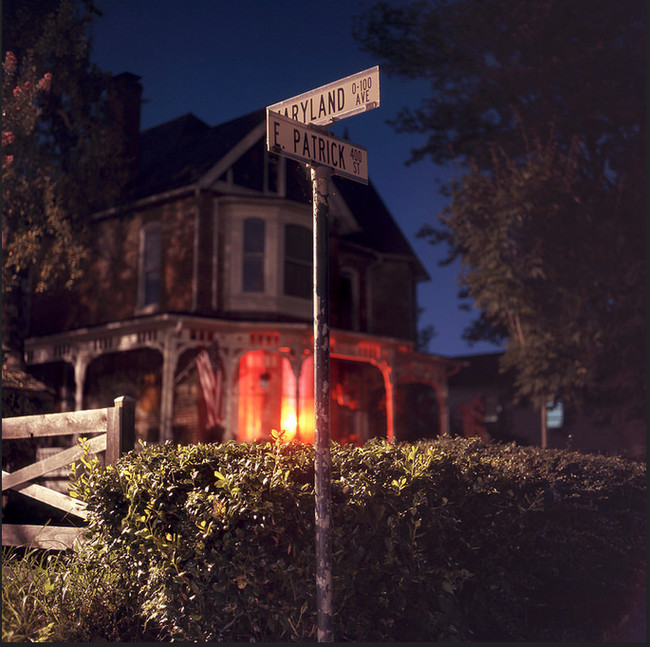 share
share
 share
share
 share
share
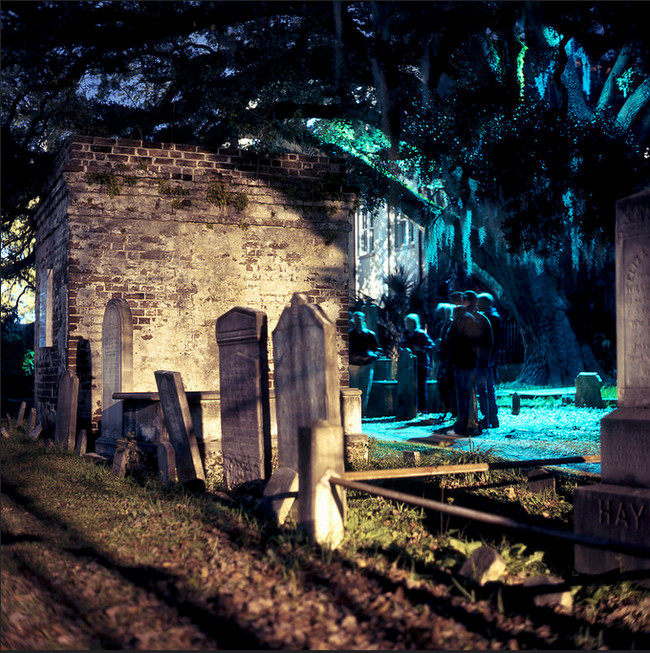 share
share
 share
share
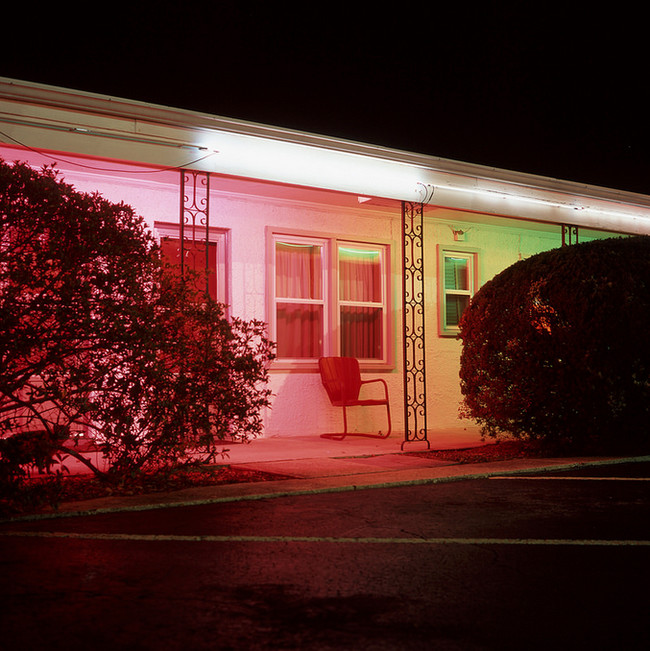 share
share
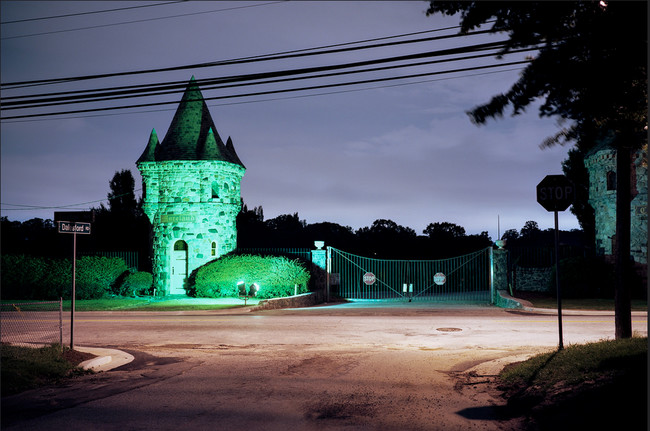 share
share
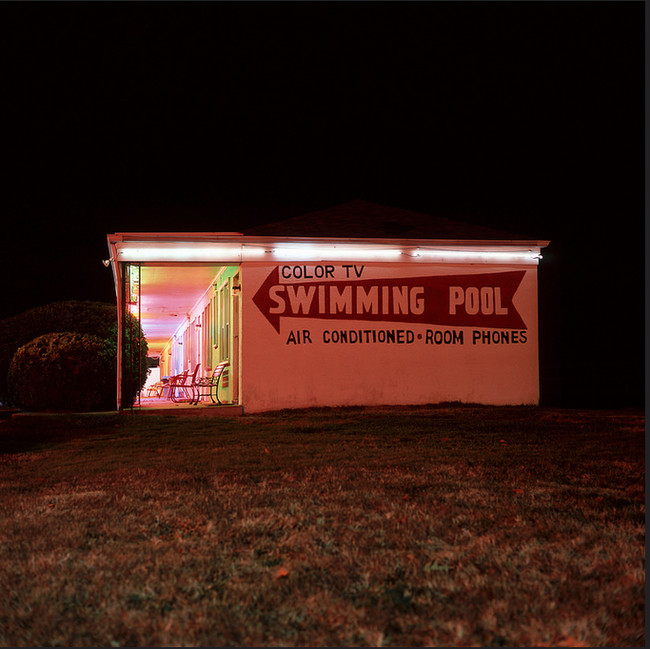 share
share
 share
share
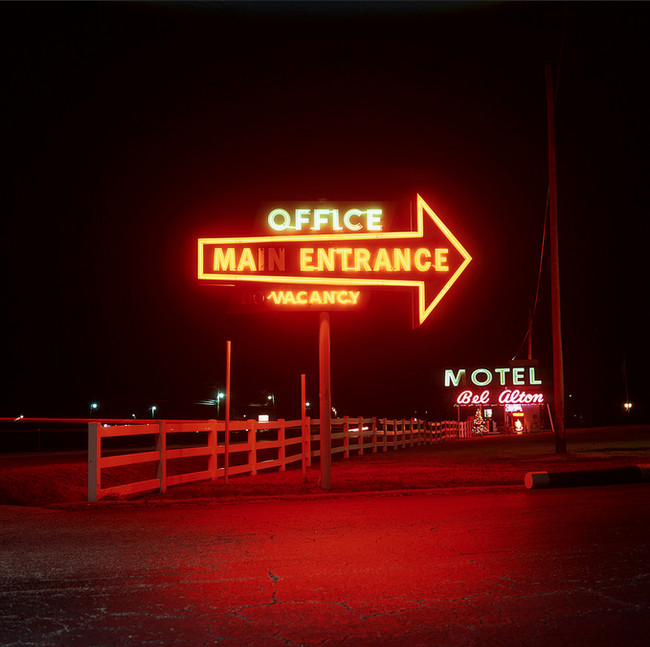 share
share
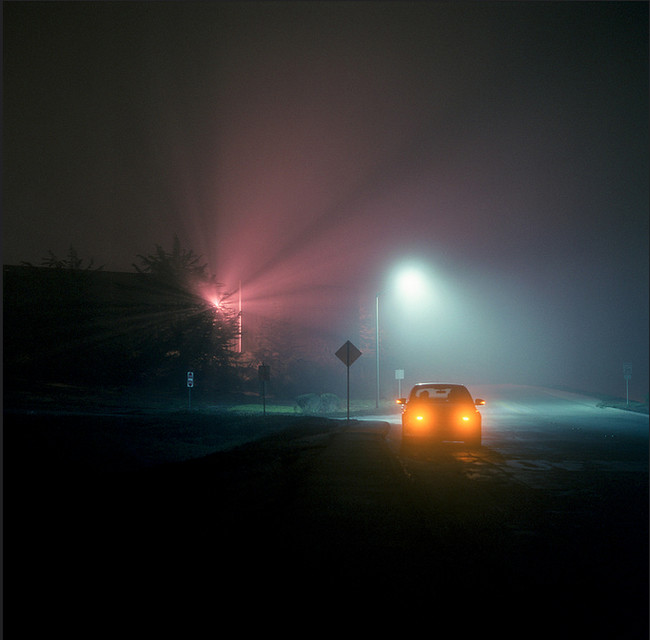 share
share
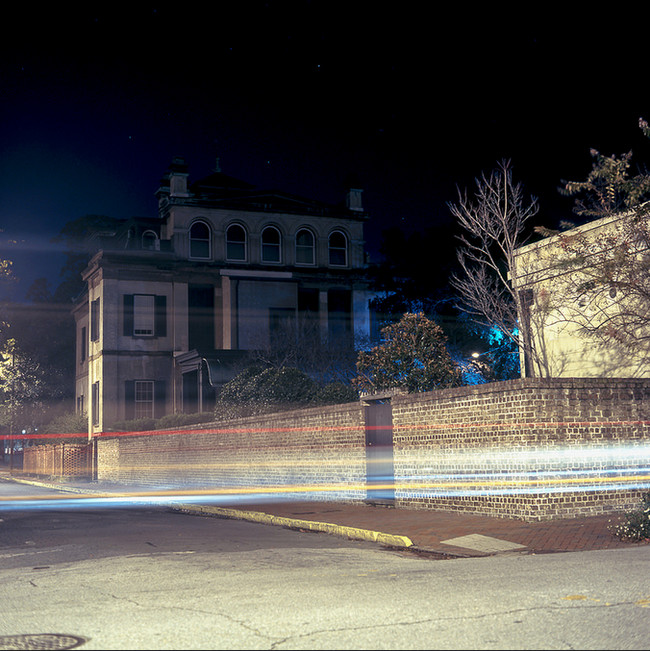 share
share
 share
share
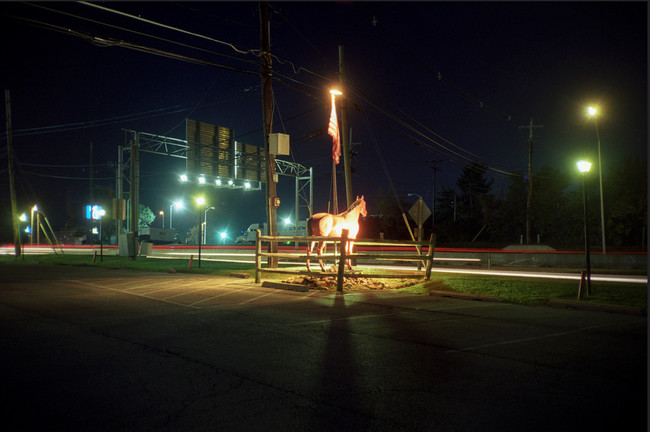 share
share
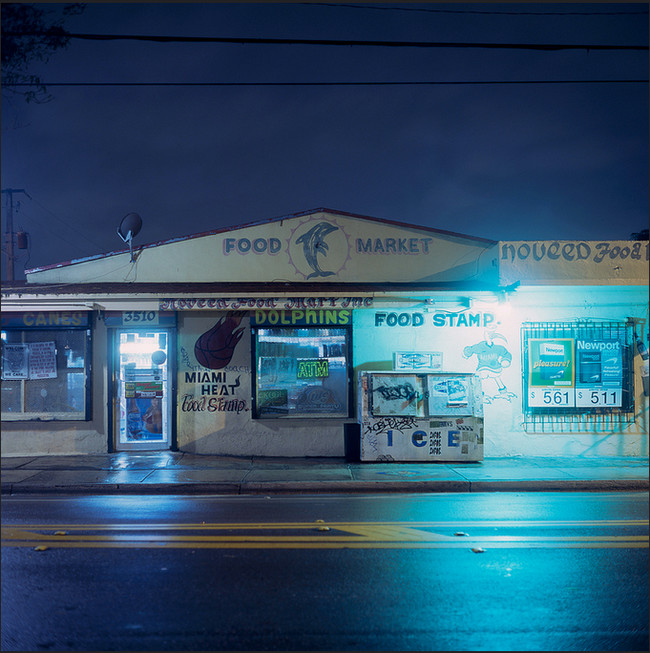 share
share
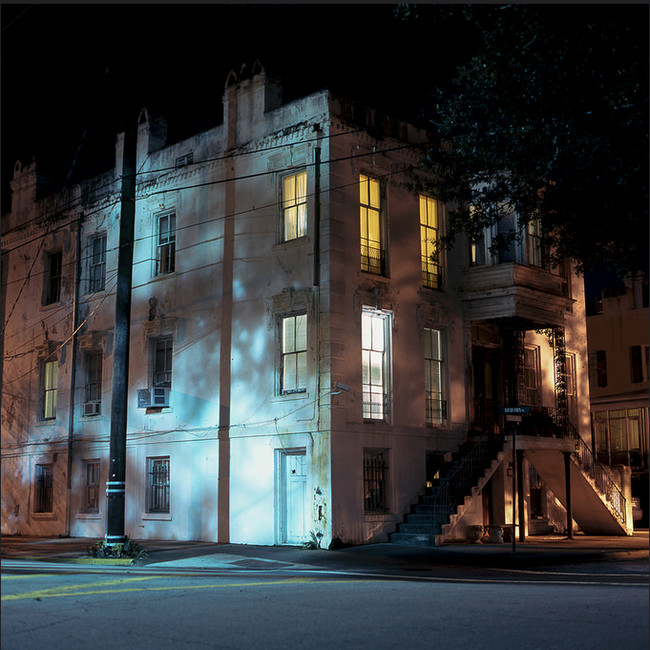 share
share

